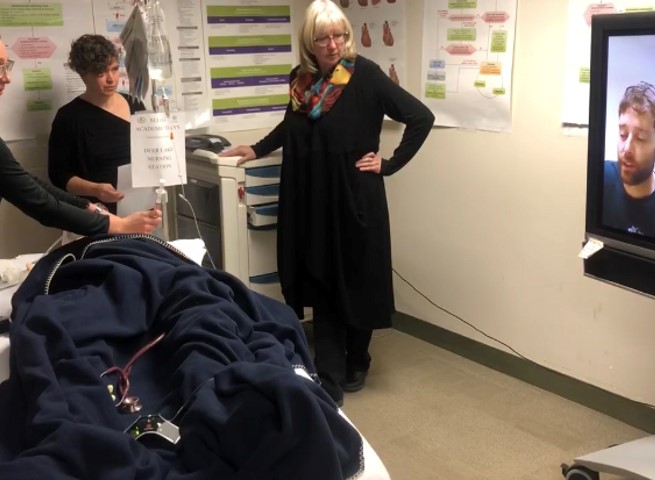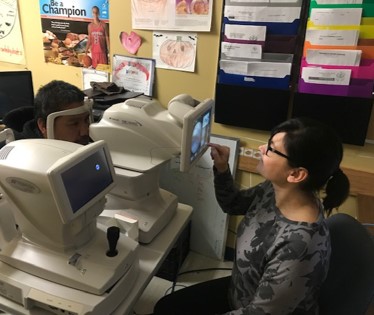Who We Are
A story of Telemedicine in the remote North
As the year 2000 approached, the Chiefs of KO were becoming increasingly frustrated with the few existing options for health care delivery as provided by the government of Canada. The population in KO communities was increasing, overall health status was declining, and other challenges seemed to regularly set back efforts at improvements to health service delivery at the local level in their remote community settings.

At the same time, KO Chiefs were one of the first groups to seize many of the rapidly evolving innovations in communications technology. Their goal was simple – to improve life and create community development opportunities together in their respective communities. Their fledgling Kuh-ke-nuh (K-Net) satellite communication network had already begun to provide fundamental communications capability (email, video-conferencing, and eventually internet browsing) for their member communities – several of which did not even enjoy conventional phone services before.
It was the logical next step for the progressiveminded KO community leaders to consider telemedicine – the supported and facilitated carrying of medical services to a client in a remote setting from a medical provider many miles distant in an urban medical service center. In 2002, Keewaytinook Okimakanak eHealth (then Telehealth) was born.
Initially connecting the health centres in the six KO First Nations by video conference to the KO offices and outside medical service sites, KO eHealth has since grown to include more than 25 partner First Nations. As a Centre of Excellence in First Nations Telemedicine, KO eHealth currently supports isolated and remote First Nations communities with a comprehensive integrated and facilitated clinical service carrier model.
Member communities have access to a full range of health professionals (Medical specialists/sub-specialists, General Practitioners, Clinical Nurse Specialists, Occupational, Physio-and Speech and Language Therapists) via a secure and interoperable link with the Ontario Telemedicine Network (OTN). In addition, KO eHealth distributes medical and health administrative, education, training and specialized First Nations programming. KO eHealth utilizes the Kuh-ke-Nah Network to operate its model of facilitated service delivery.
In addition to facilitating medical consults conducted by outside specialists, KO eHealth has developed several program offerings to support and carry other health education, extended care and support services, and health training which benefit the overall well-being of KO eHealth member First Nations and their health staff and residents. These auxiliary offerings do not usually require a licensed medical provider, but they have proven themselves to be valuable to the local clients and community members alike because they have provided information or other services in an understandable and culturally sensitive manner.
Why use eHealth?
Increasing the utilization of eHealth technologies and models for providing care and service will, both in the short and long term, improve the overall health status of community members. As well, increased utilization will result in enhanced cost-effective services for addressing current health issues in the north.

Front-line medical practitioners can make an immediate difference in people’s lives with KO eHealth-facilitated services by helping to:
• Reduce the travel burden by avoiding unnecessary patient or provider travel, together with the high social and system costs related to that travel;
• Increase timely access to specialty care and facilitate inter-professional collaboration for comprehensive patient care and development of best practices (which may result in eliminating all future need for individual patient travel for care or services);
• Facilitate better care and increased levels of service, including appropriate and timely follow-up and patient monitoring

First Nations face many healthcare challenges, the use of KO eHealth-facilitated services can help ensure that patients receive the right care, in the right place, and at the right time.